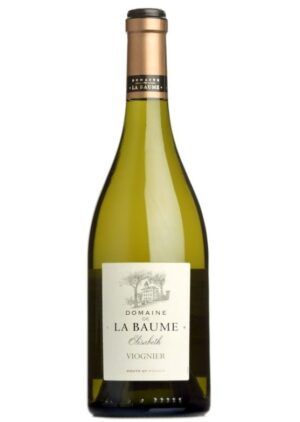Picpoul de Pinet, Domaine Foncastel 2021/2022
£13.99
13% | 750ml
In stock
Its bouquet is fresh with notes of lemon and grapefruit.
It is ample and crunchy on the palate
- Producer
- Grapes
- Bottle Size
- Vintage
- Colour
- Country
- Region
- ABV
- Wine Style
ABOUT THE PRODUCER
Domaine de Savagny has 45-hectare area of vines located within the Côtes du Jura and Chateau Chalon appellation. These vineyards are nestled between Château-Chalon, the historical heart of the Jura wine region, and Baume les Messieurs, one of the region’s most prized cultural sites. The parcels of vines, planted with Jura’s five grape varieties, namely Chardonnay, Savagnin, Poulsard, Trousseau and Pinot Noir, grow in the Lavigny commune from a clay and limestone-rich soil of a marly composition on low-lying slopes.
The wines and crémants produced by the Savagny domain are frequently awarded medals in the most prestigious of wine competitions.






